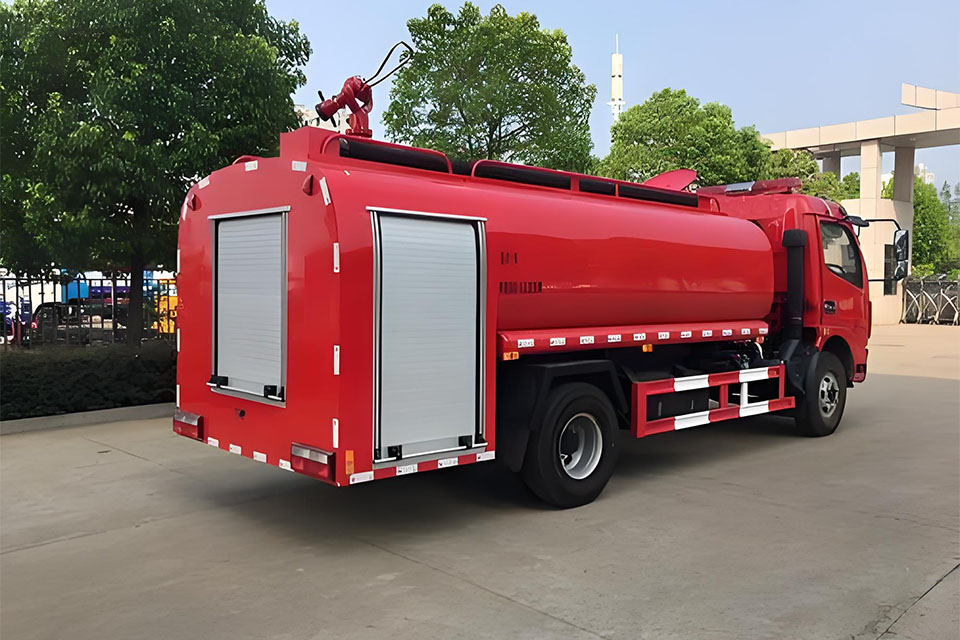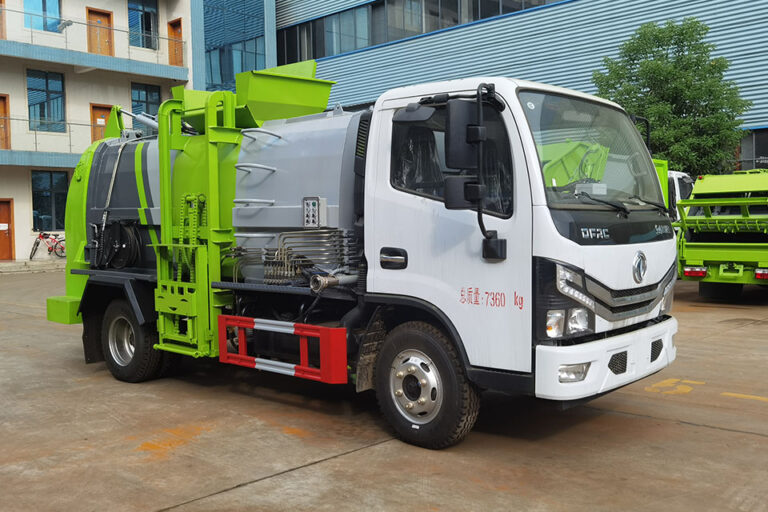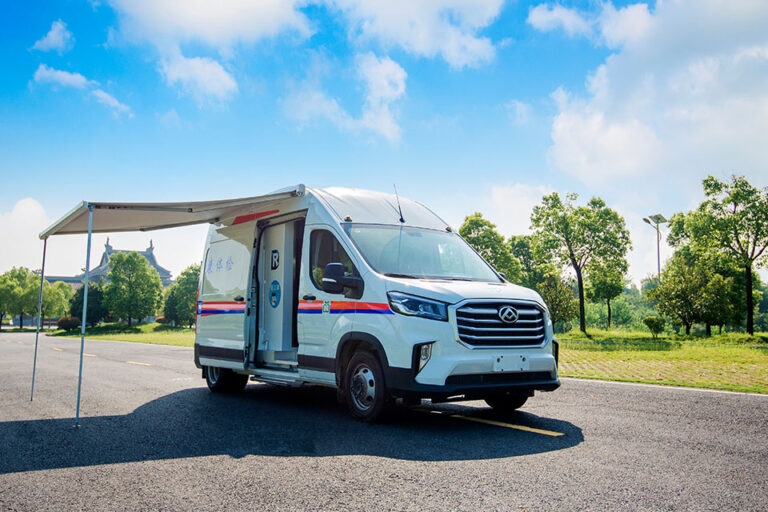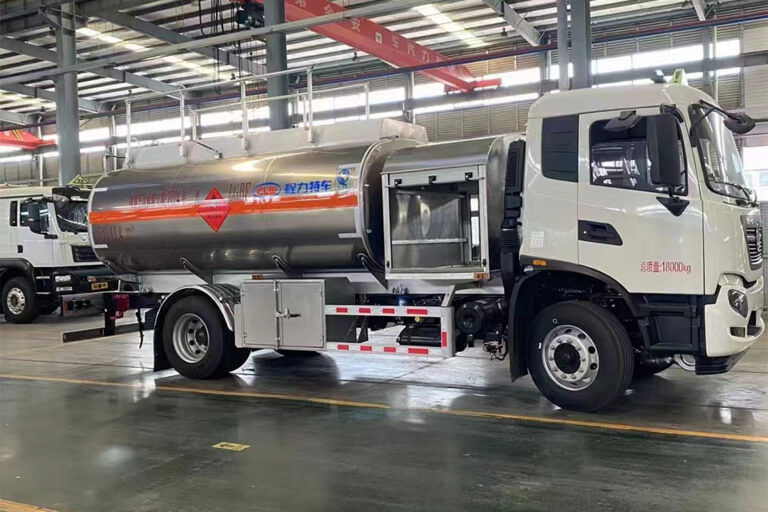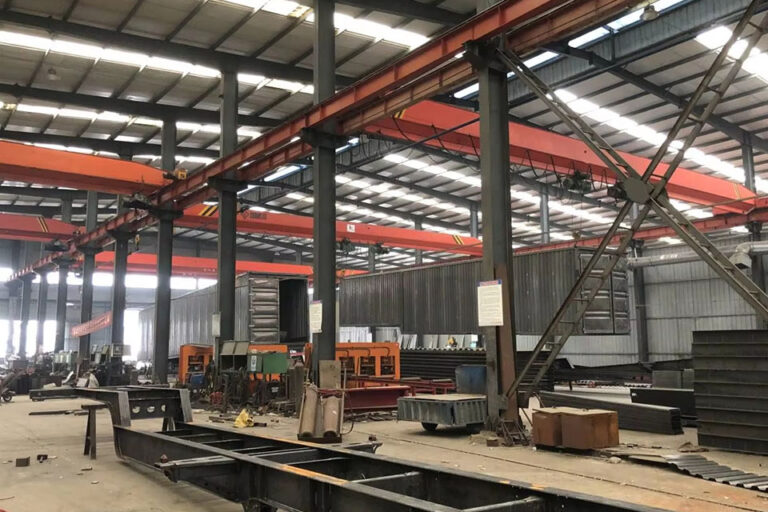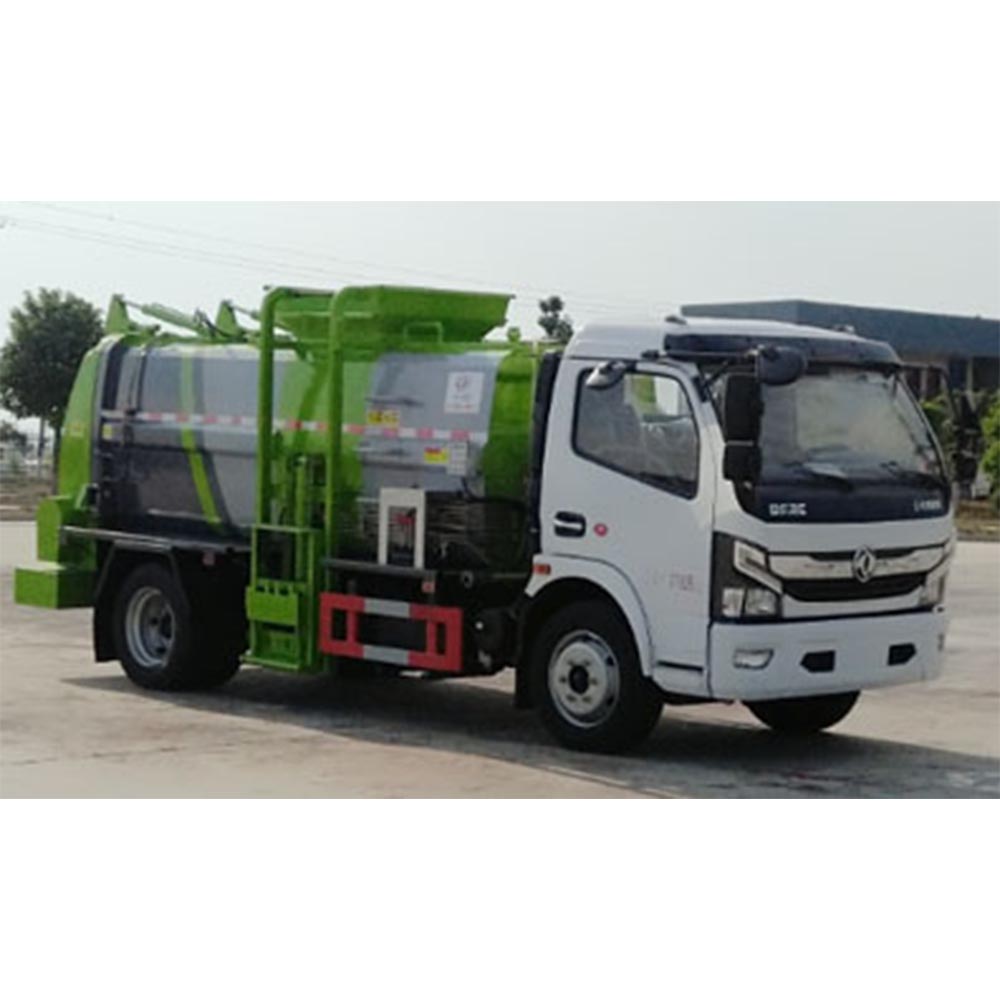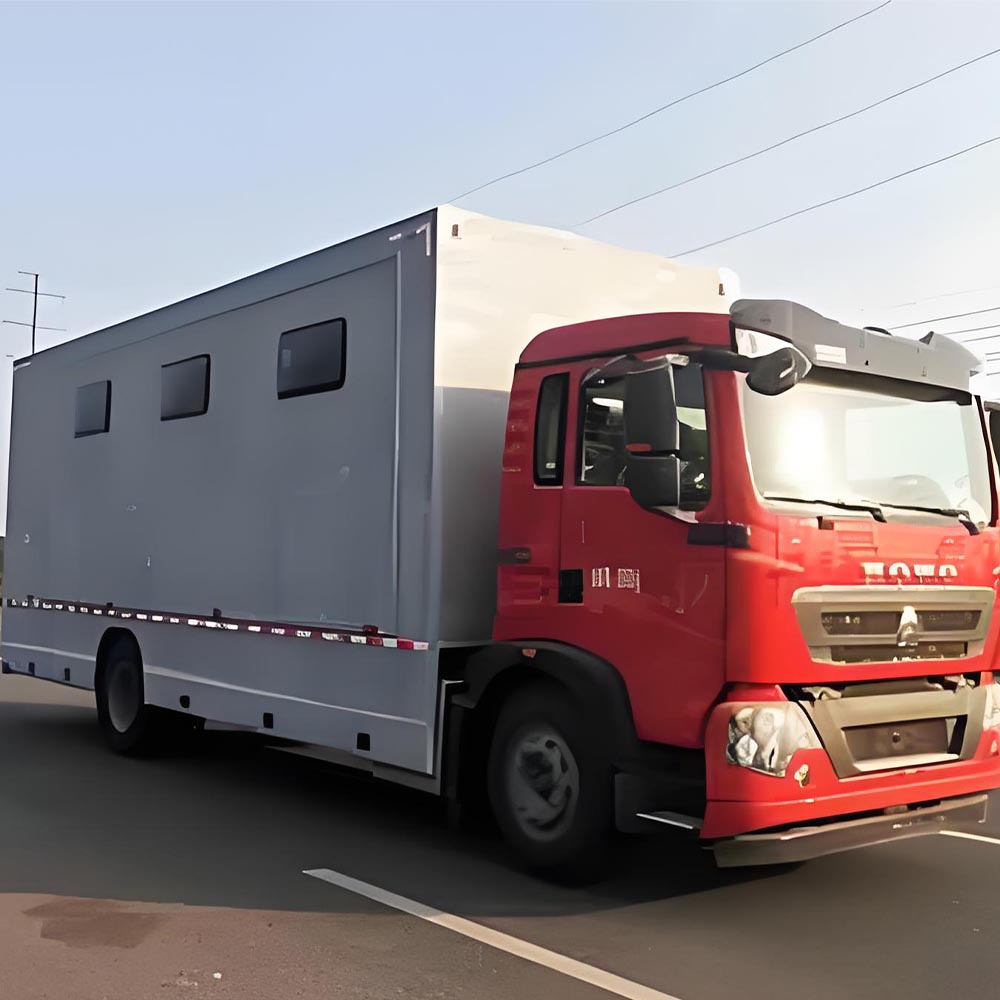-
Chengli Automobile Industry Park

Understanding Fire Truck Tank Sizes
Understanding Fire Truck Tank Sizes
What Fire Truck Tanks Do
Fire truck tanks hold water. The size of the tank is very key. It tells us how much water a fire truck can bring to a fire. When the tank is bigger, the truck can fight fires longer before it needs more water.
Fire trucks need the right tank size to do their job well. Too small, and they run out of water too fast. Too big, and the truck gets too heavy to drive well.
Table of Contents
Common Fire Truck Tank Sizes
Here’s a simple breakdown of what you need to know about fire truck tank sizes:
| Tank Size | Best Use | Key Facts |
|---|---|---|
| 1,000 gallons | Minimum size | This is the smallest tank size for a tanker fire truck |
| 2,000-2,500 gallons | Best balance | Good water amount but not too heavy for drivers |
| 3,000 gallons | Rural areas | Used by Bexar Fire Department in Texas on tandem axle trucks |
| 4,000+ gallons | Large fires | Ferrara Commercial Tankers offer these big tanks |
Most fire trucks need at least 1,000 gallons of water. This is the smallest size that works for a fire truck tanker.
The sweet spot for many fire departments is between 2,000 and 2,500 gallons. This size gives:
- Enough water to fight fires
- Not too heavy for drivers
- Good balance between water and truck weight
Rural fire departments often pick bigger tanks, around 1,500 to 3,000 gallons. This is because they might be far from water sources.
Fire Truck Tank Sizes
Typical Tank Sizes
Most fire trucks have at least a 1,000-gallon tank. A good balance between water capacity and truck weight is found between 2,000 and 2,500 gallons. Rural areas often use larger tanks (up to 3,000 gallons) due to distance from water sources.
Tank Materials
Common fire truck tank materials include:
- Polypropylene: Lightweight and corrosion-resistant.
- HDPE (High-Density Polyethylene): Eco-friendly and durable.
- Steel: Strong but heavier.
Tank Size Considerations
The tank size significantly impacts:
- Firefighting duration
- Distance from water sources
- Truck weight and handling
Why Tank Size Matters
The tank size is not just a number. It affects:
- How long firefighters can spray water
- How far the truck can go from water sources
- How heavy the truck is (affects driving)
- How much space is left for other tools
For example, the Ashville Volunteer Fire Company in Pennsylvania uses a pumper-tanker with an 1,800-gallon tank. This size works well for their rural area.
Tank Materials Matter Too
Fire truck tanks are made from different materials:
- Polypropylene – Light and won’t rust
- HDPE (High-Density Polyethylene) – Eco-friendly and lasts long
- Steel – Very strong but heavy
Legacy HDPE makes fire truck water tanks that last a long time. These tanks are:
- Strong
- Don’t rust
- Light weight
- Eco-friendly
Case Studies of Fire Truck Tank Sizes
Rural Fire Departments
Rural fire departments often choose bigger tanks. Why? They might be far from fire hydrants or water sources.
The Ashville Volunteer Fire Company #1 in Pennsylvania has:
- A pumper-tanker with 1,800-gallon tank
- Built on a Spartan Gladiator chassis
- Uses a Waterous CSU-C20 2,000-gpm pump
- Tank made of polypropylene
Urban Fire Departments
Bexar Fire Department in Texas has:
- A pumper-tanker with 3,000-gallon tank
- Built on a tandem rear axle
- Uses a 1,500-gpm Waterous pump
Commercial Options
Ferrara Commercial Tankers offer:
- Tank sizes up to 4,000 gallons
- Heavy-duty construction
- Various designs: traditional pumper-tanker, wet side, or elliptical
Tank Size Safety Standards
Fire trucks must follow rules about their tanks. The National Fire Protection Association (NFPA) makes these rules.
New rules for 2025 include:
- Better reflective stripes on trucks
- Minimum wire size for cords
- Testing for scene lighting devices
- New chapter on ultra-high pressure fire pumps
Fire Truck Tank Types
There are different kinds of fire truck tanks:
Water Tanks
These hold plain water for putting out regular fires.
Foam Tanks
Some trucks have special tanks for foam that helps put out oil or gas fires.
Combination Tanks
These trucks can carry both water and foam.
The Dry Powder and Foam Fire Truck shows how some trucks use different materials to fight fires.
How Tank Size Affects Firefighting
The size of the tank changes how firefighters work:
Small tanks (1,000 gallons):
- Lighter trucks
- Faster to get to fires
- Need water sources nearby
Medium tanks (2,000-2,500 gallons):
- Good balance of water and weight
- Can fight fires longer
- Still maneuverable
Large tanks (3,000+ gallons):
- Can fight big fires
- Stay at fires longer
- Harder to drive
- Need special chassis
Tank Maintenance
Fire truck tanks need care to last long:
- Steel tanks can last over 50 years with good care
- Fiberglass tanks need regular maintenance
- Plastic tanks (HDPE) need very little care and are very tough
What’s New in Fire Truck Tanks
Fire truck tanks keep getting better:
- Custom designs fit each truck model perfectly
- Lightweight materials help trucks carry more water
- Special shapes make the most of the space
- Better pumps move water faster
Some new trucks use CAFS (Compressed Air Foam System) that makes water work better for fighting fires. The High-Pressure CAFS Air Supply Fire Truck shows this new technology.
Special Fire Truck Types
Not all fire trucks have big water tanks:
Aerial Ladder Trucks
These trucks focus on their tall ladders instead of big water tanks. They connect to fire hydrants or other trucks for water.
Command Trucks
These trucks have small water tanks but lots of equipment to help firefighters plan how to fight the fire. The Command Fire Truck shows this type.
Choosing the Right Tank Size
When picking a tank size, fire departments think about:
- Where they work – Rural or urban?
- What fires they fight – House fires or forest fires?
- Roads in their area – Narrow or wide?
- How many firefighters they have – More people can use more water
- Their budget – Bigger tanks cost more
Helpful Fire Truck Tank Size Table
Here’s a quick reference table about fire truck tank sizes:
| Category | Data/Case Study | Key Insight |
|---|---|---|
| Minimum Capacity | 1,000 gallons | Required for effective firefighting |
| Optimal Range | 2,000–2,500 gallons | Best balance of water and truck handling |
| Large Capacity | 4,000+ gallons | For long firefighting or big fires |
| Rural Case | Ashville Fire: 1,800-gallon tank | Rural areas need 1,500–3,000 gallons |
| Urban Case | Bexar Fire: 3,000-gallon tank | Paired with 1,500-GPM pump |
| Materials | Polypropylene tanks | Light, won’t rust, last long |
| HDPE Tanks | Eco-friendly, UV-resistant | Minimal maintenance needed |
| Custom Design | BSI: Custom tanks for each truck | Makes the most of every gallon |
Final Thoughts
The right tank size makes a big difference for firefighters. Too small means running out of water. Too big means a truck that’s hard to drive.
Most fire departments pick the tank size that fits their needs best:
- Urban areas: Often 1,000-2,000 gallons
- Rural areas: Often 2,000-3,000 gallons
- Special uses: Sometimes up to 4,000 gallons
When you see a fire truck, now you know why its tank is the size it is!
